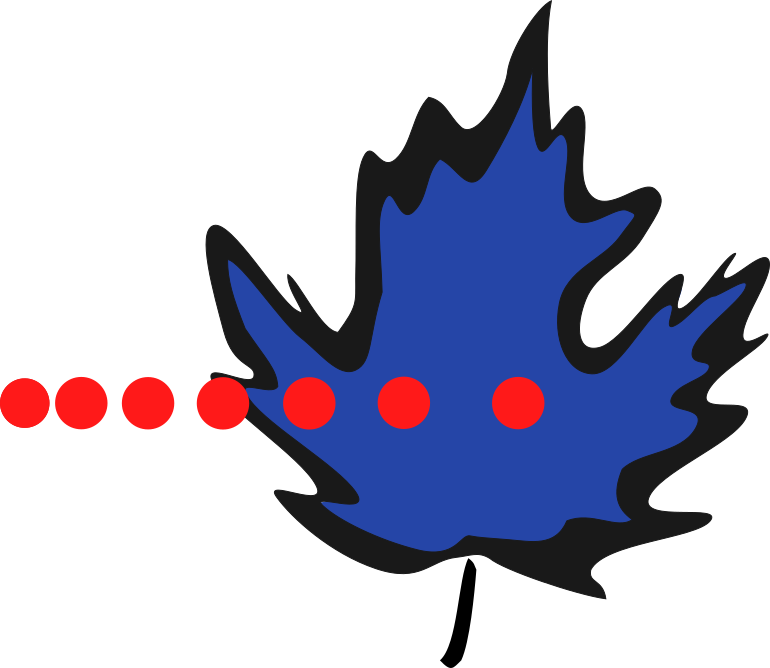Nuclear science for the rest of us.
Much of the carbon in the world is found in plants as cellulose, long chains of molecules that hold up the stems of flowers and the trunks of trees. You pulp cellulose to make paper, cellophane, and rayon. Because cellulose is made from sugar, and sugar can be made into alcohol, someday we'll be driving corn-cellulose-fuelled cars.
Using the nuclear reactor at the ILL in Grenoble, France, M. Wada and colleagues recently studied how the common pre-treatment of cellulose with ammonia effected its atomic structure. They were able to follow the transformation process of cellulose from its natural state to another that can more easily be refined into products. They were able to pinpoint which oxygen atoms of cellulose were binding to which hydrogen atoms of ammonia, a level of detail that can only be had using neutron crystallography. This should guide chemists to tweak the ammonia treatment to improve the process of making all sort of products.
M. Wada et al. Cellulose (2011) 18:191–206 doi:10.1007/s10570-010-9488-5
(This may become a regular feature, if people would like to read more.)
Using the nuclear reactor at the ILL in Grenoble, France, M. Wada and colleagues recently studied how the common pre-treatment of cellulose with ammonia effected its atomic structure. They were able to follow the transformation process of cellulose from its natural state to another that can more easily be refined into products. They were able to pinpoint which oxygen atoms of cellulose were binding to which hydrogen atoms of ammonia, a level of detail that can only be had using neutron crystallography. This should guide chemists to tweak the ammonia treatment to improve the process of making all sort of products.
M. Wada et al. Cellulose (2011) 18:191–206 doi:10.1007/s10570-010-9488-5
(This may become a regular feature, if people would like to read more.)
Posted on 30 Mar 2011 by thad
Label your lab bottles; and label them correctly!
Posted on 09 Feb 2011 by thad
Content Management Powered by CuteNews
Archives
28 Oct 2008 - 31 Oct 2008, (3)21 May 2009 - 19 Mar 2010, (17)
04 Feb 2009 - 09 Apr 2009, (7)
14 Nov 2008 - 01 Dec 2008, (4)
04 Sep 2010 - 27 Jan 2011, (10)
03 Nov 2008 - 13 Nov 2008, (5)
20 Dec 2007 - 20 Dec 2007, (1)
11 Dec 2008 - 30 Jan 2009, (5)
